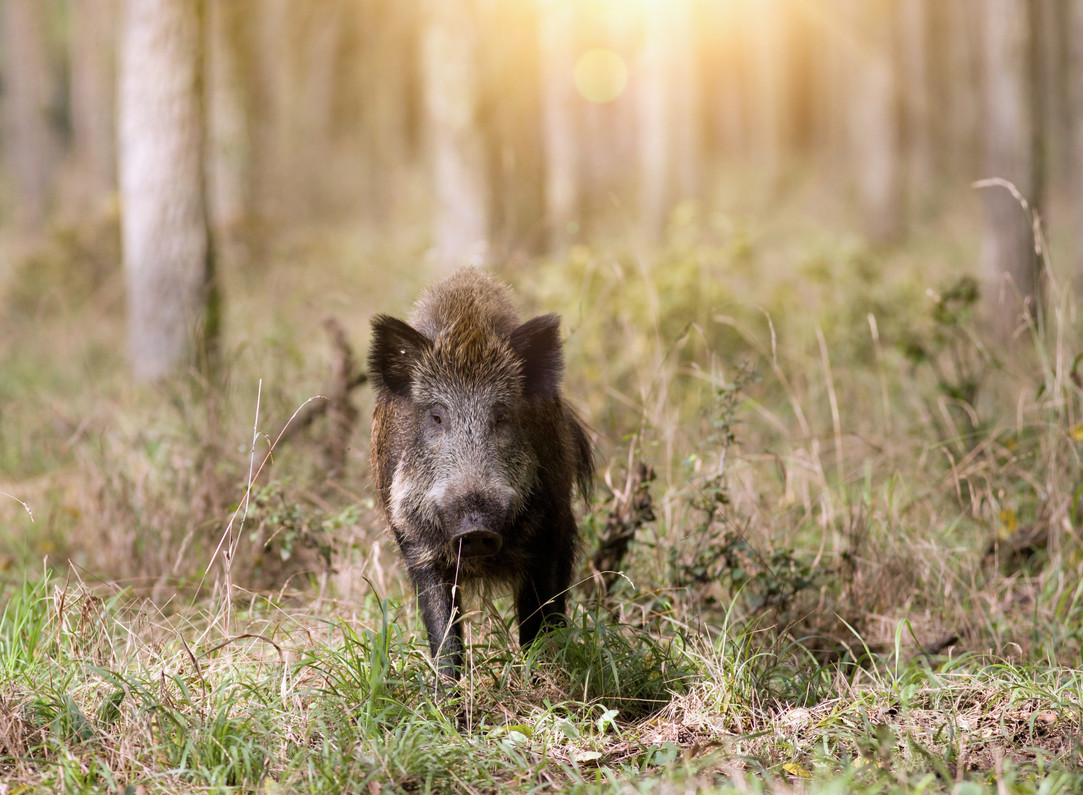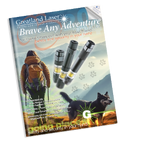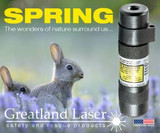Wild Hog Hunter's Checklist
A wild hog has little in common with a typical farm pig, and too many feral hogs can pose a danger to the public. Florida is one area where wild hogs are prevalent, and the hunting of wild feral hogs attracts a number of hunters. But feral hogs can be dangerous so it is important to take the proper precautions to stay safe while wild hog hunting while maximizing your chance of success. Here are a few things to remember before you start.
Develop a Safety Plan
When dealing with wild animals and guns, something can always go wrong, even with the most experienced hunter. Because of this, it is good to anticipate unfavorable scenarios, and make plans on how to get out of them, Decide beforehand on a safety plan and an escape route, for example, hunting near a tree that is easy to climb in the event it seems like a wild boar might get the upper hand.
Keep up Good Communication With Fellow Hunters
Even if you plan to stay with your hunting friends during the majority of your hunt, you should have a reliable system of communicating with one another should you get separated. Relying on cell phones to communicate isn't the best ideas because reception can be unreliable. Two-way radios are a good option for keeping track of everyone's whereabouts.
Have Proper Lighting
Good lighting is essential when hunting wild hogs, and helps you to see them before they see you since Florida hog hunting is done mostly at night. You'll need a good quality light on your rifle or bow, as well as other outdoor safety lights on headgear and proper flashlights.
Leave the Piglets Alone
In order to attract hogs, some hunters use recordings of piglets to bring hogs out into plain sight. While that may be effective, it is important to note that a wild hog will be extra protective, and extra dangerous to anyone who goes near actual piglets
Finishing the Hunt
After you have captured and killed a wild hog, it is important to handle it correctly in order to make sure there are no signs of disease and to protect yourself from picking up any kind of illness that could make you or your family sick. The hog carcass should always be handled while wearing disposable gloves as well as goggles. Keep away from any bodily fluids and wash thoroughly after handling the hog.
Blog Posts
-
Brave Any Adventure Newsletter 2024 Q2
Click to read our second quarter 2024 Brave Any Adventurenewsletter! …16th Apr 2024 -
Natural Wisdom: How Outdoor Experiences Can Fuel Entrepreneurial Success
Many entrepreneurs find themselves caught in the hustle and bustle of their daily lives, neglecting …12th Apr 2024 -
Spring is in the Air!
1st Apr 2024




